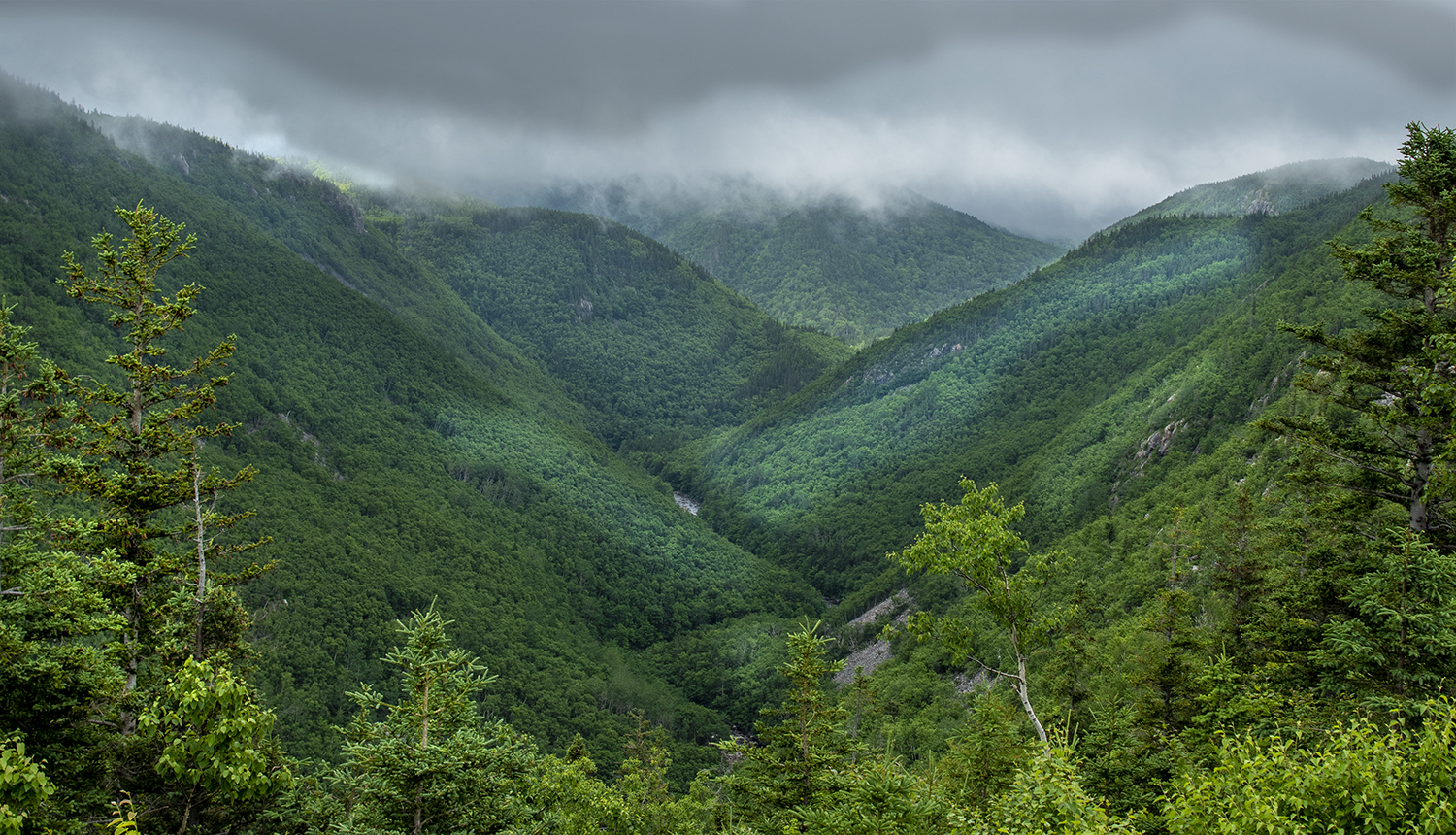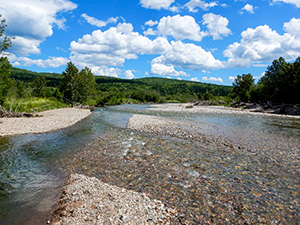
McKenzie River Fault Valley, Cabot Trail, Cape Breton,. NS
New Monitor
This week’s blog is a bit more technical than many, but it is key to producing good photographic prints – and I encourage folks to print your images so that in the future you’ll have them readily available!
I got a new computer and it required the purchase of a new monitor as well. My needs in a monitor include being able to have the monitor be as close as possible to what will be printed when I print images on my photographic printer, so that I know that what I’m working on as an image will be what I get as a print. This process is termed calibration, and the printing is stated to be in a “colour controlled fashion.”
Many times folks are disappointed in files they take to big box stores, but that’s mainly because the large stores are not working in a colour controlled environment. To make matters worse, many people don’t understand that what they see on a computer screen is backlit (the light shines through the image), where a print is reflective. This makes a huge difference and can be simulated or allowed for when a good printing business does the printing in a controlled and matched style. Add on top the fact that I print on museum quality fine art paper and use archival materials for matts and backings, and you know why my prints are a tad more expensive than some.
Anyway, the new monitor arrived, and I’m thrilled that with the very first files and prints I can match the colours precisely. It yields images like the one this week, taken on our trip to Cape Breton last week. It’s of the Highland Plateau and the fault at McKenzie Mountain. The greens and browns, the fog and the sunlight came put perfectly on the print, “developed” in Photoshop on the new monitor.
Fun stuff; and the lesson is if you want a high quality print of a valued picture, it’s best to take it somewhere that uses a colour-controlled, calibrated system to yield the print you deserve – and to have an image you’ll treasure and keep for a lifetime and beyond!
































